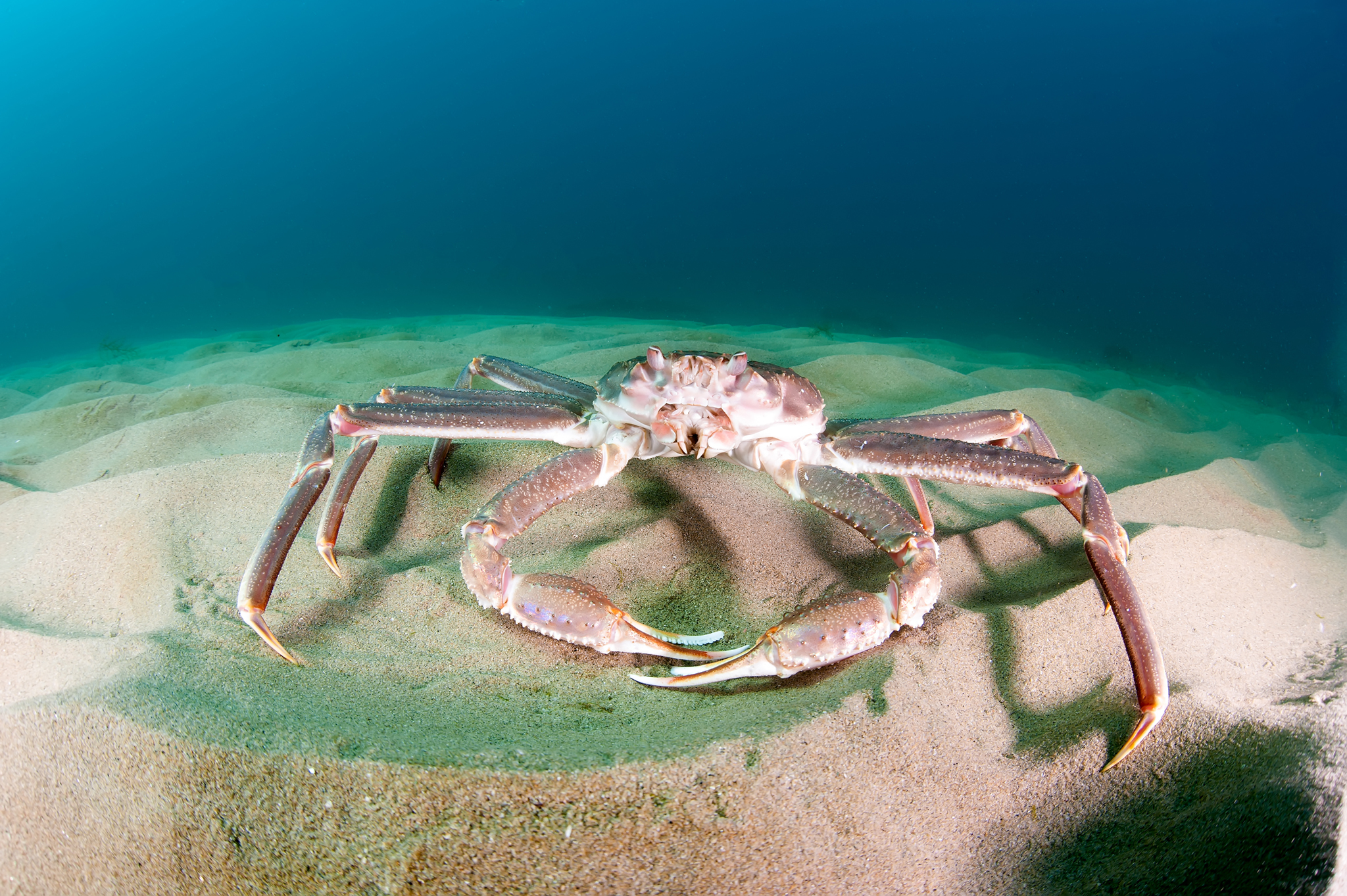As carbon emissions continue to acidify oceans, some marine species face challenges while others adapt. Recent research indicates that Alaska snow crab, a commercially important species, may already possess adaptations to endure acidity levels projected for the next 200 years.
Biologists from NOAA Fisheries’ Alaska Fisheries Science Center led the first study examining how ocean acidification affects snow crab. Through laboratory experiments, they assessed long-term impacts on various stages of the crab lifecycle, including embryos, larvae, and adults. Remarkably, they found no adverse effects on any life stage, even under acidity levels expected in the Bering Sea over the next two centuries.
Emissions from human activities have elevated atmospheric carbon dioxide levels, leading to increased ocean acidity as the ocean absorbs about 30% of emitted carbon. This acidification jeopardizes the survival and development of numerous marine species, including commercially valuable shellfish such as mussels, oysters, and crab. Previous experiments revealed adverse effects on red, blue, golden king, and southern Tanner crab due to acidification.
To initiate the experiments, mature female snow crabs were collected and held at the Alaska Fisheries Science Center’s Kodiak Laboratory for two years in seawater acidified to mimic future conditions. Their offspring were studied to assess acidification effects on embryo development, hatching success, and larval growth. Upon conclusion, the researchers examined adult females’ shells for damage, particularly crucial as snow crabs have long lifespans.
The absence of shell damage after two years instilled confidence in the study’s results. These findings provide valuable insights for fishery managers and communities adapting to future changes, shedding light on how species may adapt to ocean acidification.
Although snow crabs confront ongoing threats like warming temperatures and melting sea ice, it appears that acidification may not be a significant concern for them.
The original article pre-edited is available at https://www.fisheries.noaa.gov/



